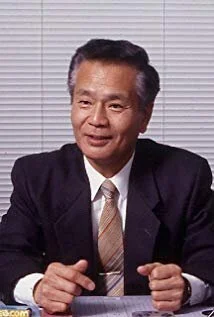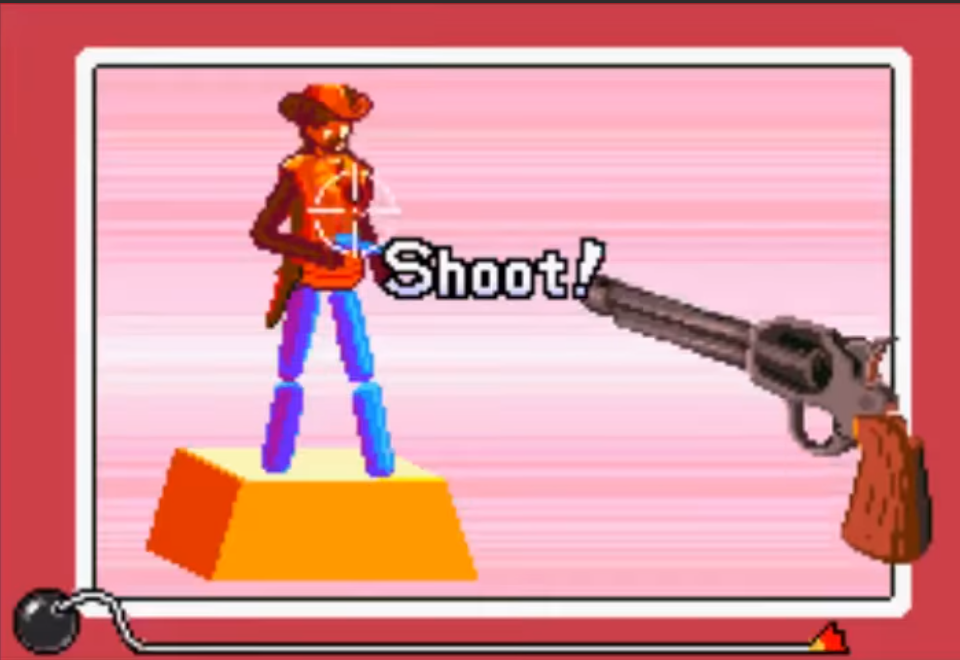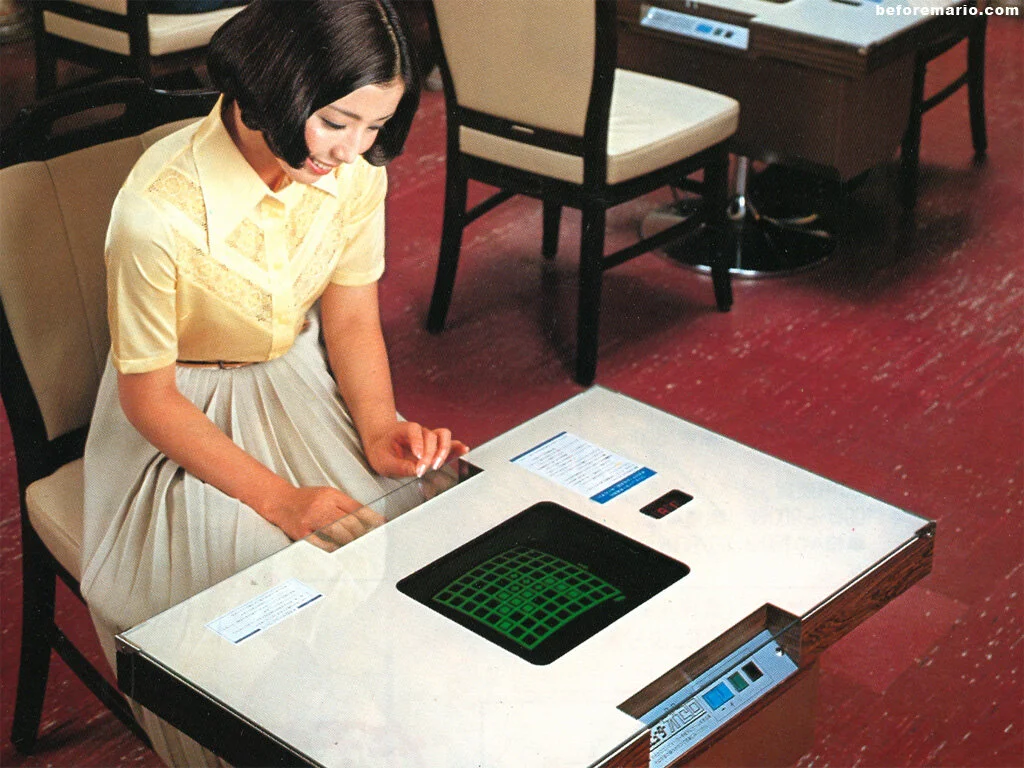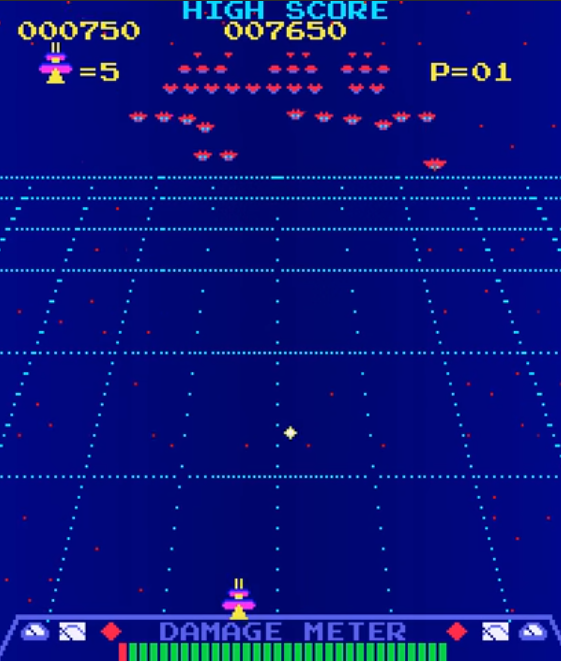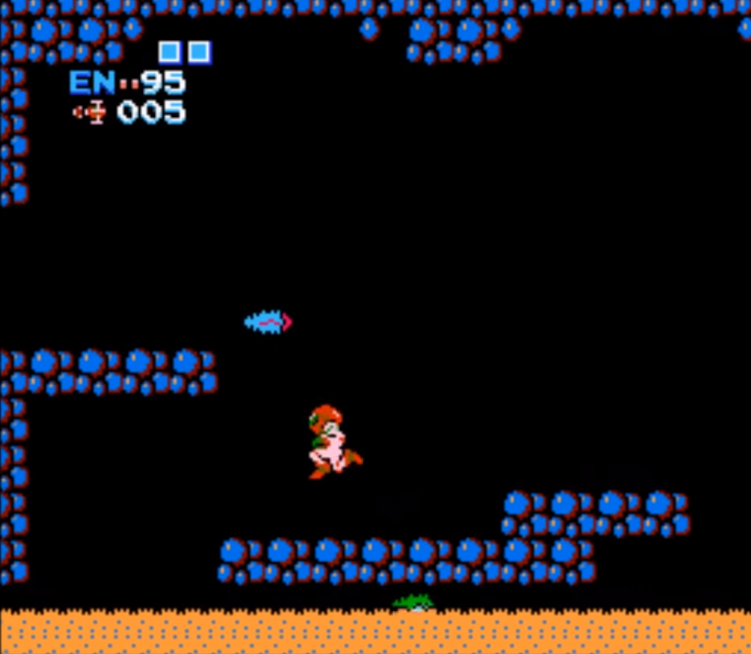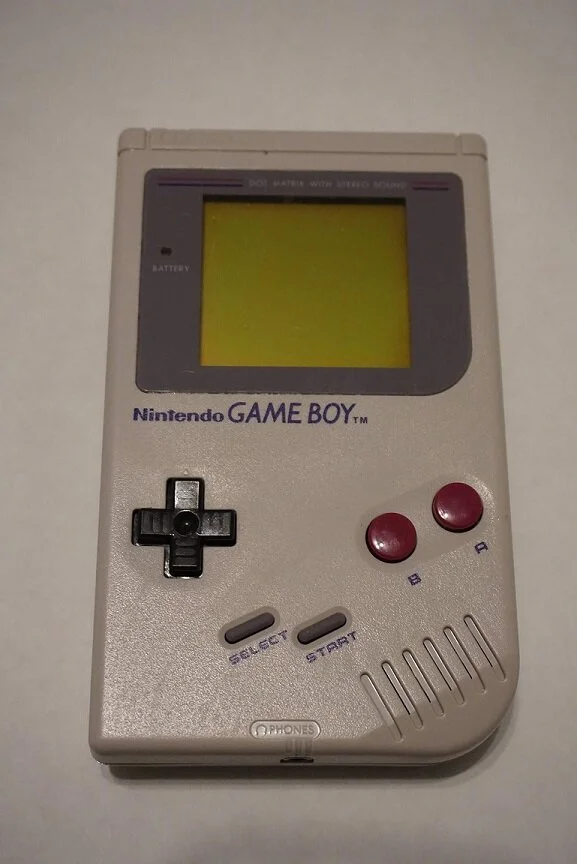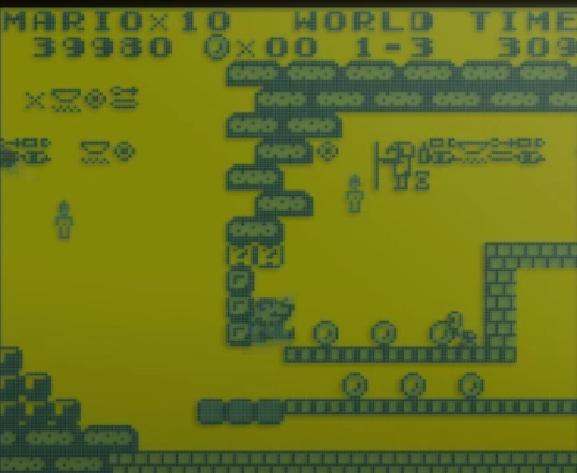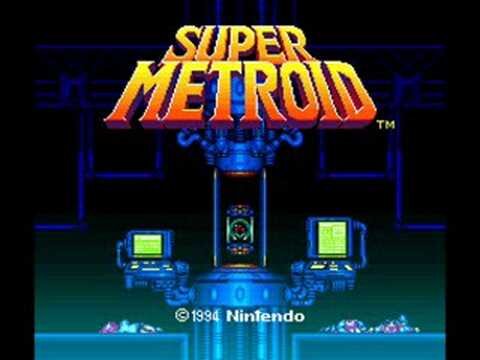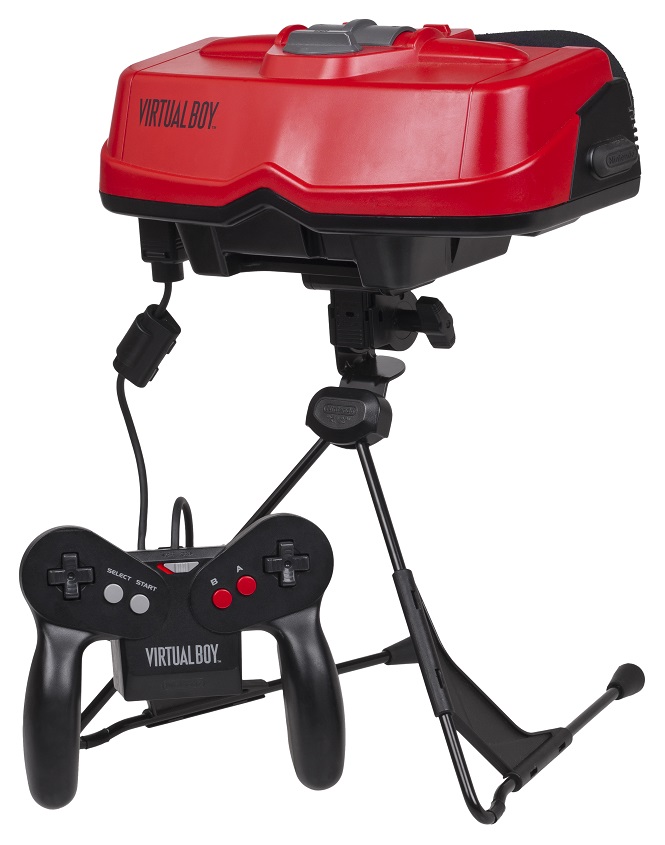Welcome to another exciting installment of our Developer Spotlight series! For this multi-part series, we'll be doing a rundown of Nintendo's Research & Development Divisions in honor of Nintendo's 130th anniversary!!
Though they are no longer active, it was through these four internal divisions that Nintendo developed the majority of their hardware and software during the '70s, '80s, and '90s! Today, we'll be covering the first and oldest of the Research & Development Divisions: R&D1! The original Donkey Kong, Metroid, Kid Icarus, the Wario Land series, the Game Boy and the Game & Watch were all made at R&D! Let's dive in!
Nintendo, originally a hanafuda card company, transitioned into toys in the '60s after a string of failed ventures (including taxis, love hotels and instant rice???). R&D was founded with the sole purpose of creating electronic games.
Gunpei Yokoi
Founded in the 1970s (the exact date is murky and not well-documented, it was sometime between 1970 and 1972) and housed at the old Nintendo campus in Kyoto, Nintendo's R&D Division was lead by Gunpei Yokoi from its inception until 1996.
Ultra Hand microgame from WarioWare Inc references Nintendo’s history as a toy company.
It's impossible to do a rundown of R&D1 without reflecting on Yokoi's accomplishments. He is considered the creator of the four-way directional pad and he is, in no uncertain terms, the Godfather of handheld games. Yokoi, at the time, had been a sort of golden goose for Nintendo; he had come up with the Nintendo Love Tester and his toy design, the Ultra Hand, lined Nintendo's pockets in the 1960s.
Laser Clay Shooting System is referenced in WarioWare Inc.
Yokoi was known for his philosophy of “Lateral Thinking of Withered Technology”: he would design and propose products based on the idea that despite not necessarily being on the cutting edge, that would be easy to manufacture and most importantly… fun!
He would later design the Laser Clay Shooting System with Yamauchi, an early electromechanical arcade game that you could consider to be the precursor to Duck Hunt. Despite the innovation, Nintendo lost money on the Laser Clay Shooting System; it took them most of the '70s to pay off the debt.
Computer Othello cocktail set-up in action!
Nintendo's first video amusement game, Computer Othello, hit the arcades in 1978. Some of the earliest Nintendo arcade titles were Sherrif (Which is referenced in WarioWare and Smash Bros.), Monkey Magic, Space Firebird and Radar Scope (a Space Invaders clone). Their big breakthrough game was Donkey Kong, a conversation kit to Radar Scope (which was performing poorly).
Radar Scope
By 1978 it had expanded and was split up between R&D1 and R&D2.
Ball, Nintendo’s first handheld game.
The first Nintendo handheld games were developed at R&D1, the Game & Watch launched in 1980 with the Ball model: an example that would set the stage for Tiger Electronics to follow in imitation.
Devil World, a maze-themed game for the Famicom.
R&D1 developed many of the early Famicom titles: Baseball, Urban Champion, Devil World, Balloon Fight, Ice Climber, Wrecking Crew, Duck Hunt and such.
Magazine advertisement for R.O.B
Yokoi created R.O.B. (“Robotic Operating Buddy”, simply just called “Robot” in Japan) in 1985. A cross between an accessory and an extremely unorthodox controller, R.O.B. was considered vital in helping Nintendo market the Nintendo Entertainment System as a toy or as an "entertainment machine" in North America. R.O.B was compatible with very few games before he was quietly discontinued.
Metroid game play, this is the Famicom Disk System version.
3 years into the Famicom's lifespan, Nintendo cranked out the Famicom Disk System, an add-on where the games were made on floppies. Some of the newer R&D1 games that debuted on the Famicom Disk System were Metroid, Kid Icarus, Famicom Detective Club. These games significantly upped the ante in terms of the player actions, game worlds and storytelling: these were not mere arcade games in the comfort of your home, these were interactive adventures that could go on for hours and hours.
All the while, Yokoi and Satoru Okada (director of Kid Icarus, Solar Striker, and Super Mario Land) were designing the Game Boy. Though met with reservation Nintendo staff, Game Boy would dominate the handheld market and have a line of successors that ran for 15 years. Even after Nintendo retired the name, the words "game" and "boy" would be a shorthand for the term "handheld game" (because who has time to say that, really?)
Super Mario Land, a Mario sub-series began on the Game Boy.
The earliest Game Boy games were made at R&D1: Super Mario Land, Baseball, Alleway, Radar Mission and Nintendo's version of Tetris. They would go on to continue the Mario Land series and it spun-off into the Wario Land series.
Perhaps R&D1's biggest undertaking was Super Metroid. The 3rd Metroid game took 3 years to complete with R&D1 doing the design work and Intelligent Systems handling most of the programming duties. In terms of filezise, it was one of the biggest games of its time And the effort was all worth it! Samus came back with a vengeance: the game was considered to be a major revolution for the 2D action genre, brilliantly updating the original Metroid style of play and ironing out the rough parts. Super Metroid set an absurdly high standard for the open-world 2D action game. It would be the last Metroid game Yokoi worked on in any capacity. The game sold modestly but is one of Nintendo’s most acclaimed games!!
Wow, we've covered nearly two decades in this article! We'll cover the rest of R&D1's history in the next installment of this series!


